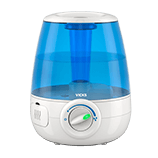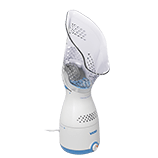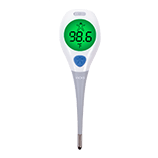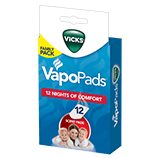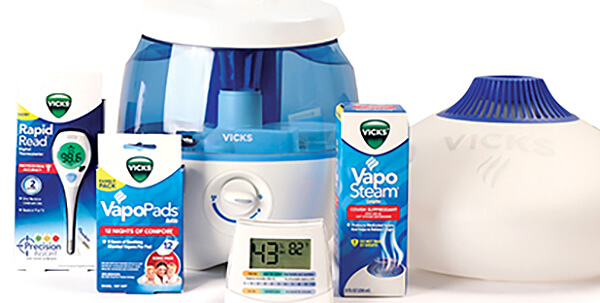
- Products
- Resources
-
-
Vicks products are available for purchase online and in-store at most major retailers.
-
-
- Support
-
-
VICKS SUPPORT
View product-specific FAQs & videos
-
-
- Products
- Resources
- SUPPORT
- Warranty Registration
- Contact Us
What You Need to Know About the Latest Cold Humidifier Technology
In recent years, the advancement of cold humidifier technology has transformed the way we manage indoor air quality, particularly during dry seasons or in arid climates. According to a report by the Environmental Protection Agency, maintaining an optimal humidity level between 30-50% can enhance indoor comfort and health, which is where cold humidifiers come into play.
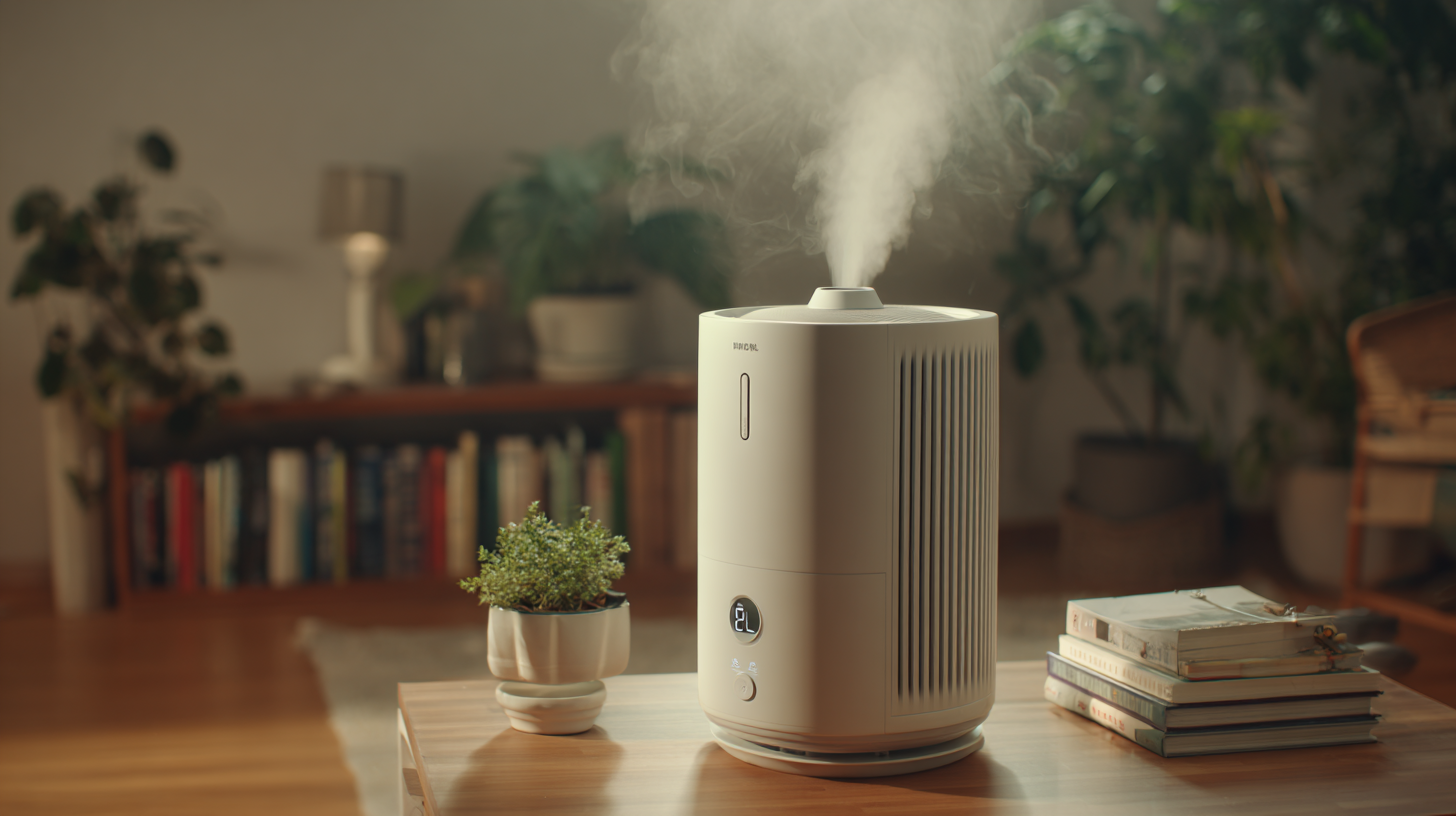 These devices not only provide relief from dry air but also help reduce allergens and respiratory irritants, creating a healthier living environment. Research from the Home Appliance Association indicates that cold humidifiers have seen a 25% increase in market demand over the past two years, driven by rising awareness about air quality and respiratory health.
As consumers seek more efficient and effective solutions, understanding the latest cold humidifier technology becomes essential for making informed choices that impact wellness and comfort in our everyday lives.
These devices not only provide relief from dry air but also help reduce allergens and respiratory irritants, creating a healthier living environment. Research from the Home Appliance Association indicates that cold humidifiers have seen a 25% increase in market demand over the past two years, driven by rising awareness about air quality and respiratory health.
As consumers seek more efficient and effective solutions, understanding the latest cold humidifier technology becomes essential for making informed choices that impact wellness and comfort in our everyday lives.
Understanding Cold Humidifier Technology: Key Features and Benefits
Cold humidifiers have become increasingly popular for their ability to improve indoor air quality without introducing excess heat, making them ideal for any season. Understanding the key features of cold humidifier technology can help you select the right model for your needs. Many cold humidifiers use ultrasonic technology, which creates a fine mist by vibrating water at a high frequency, ensuring efficient moisture distribution.
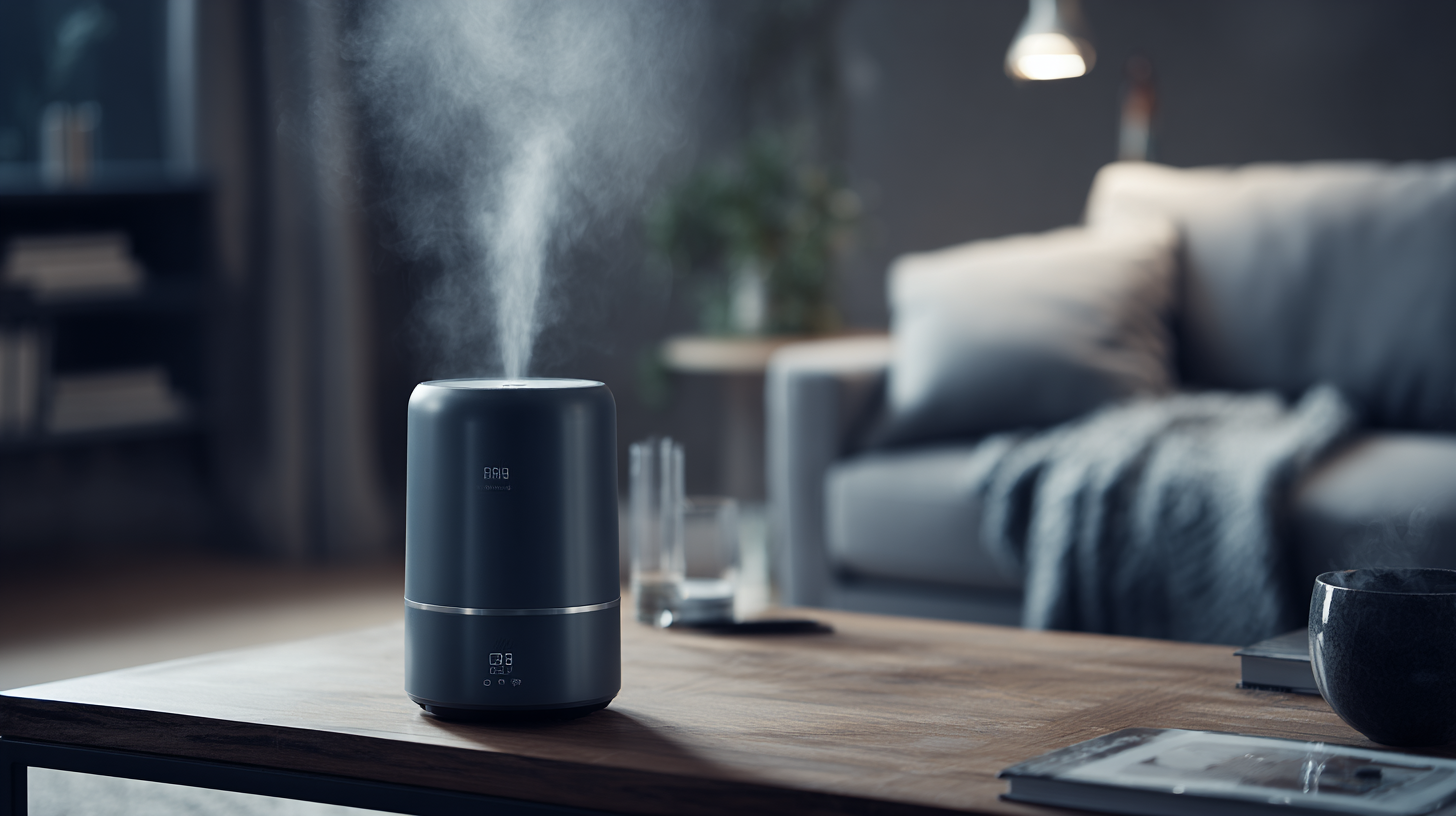 Additionally, these devices often come with adjustable humidity levels and mist settings, allowing users to customize their environment easily.
Additionally, these devices often come with adjustable humidity levels and mist settings, allowing users to customize their environment easily.
Tips: When choosing a cold humidifier, consider looking for models with built-in hygrometers to monitor humidity levels accurately. Also, opt for filters or those with self-cleaning features to maintain hygiene and reduce maintenance efforts.
Another significant benefit of cold humidifiers is their energy efficiency. They consume less power than traditional humidifiers while still providing ample moisture. Moreover, these devices tend to operate more quietly, making them perfect for bedrooms or workspaces where disturbances should be minimized.
Tips: To enhance the performance of your cold humidifier, regularly change the water and clean the unit according to the manufacturer’s guidelines, which can prevent buildup of bacteria and maintain efficient operation.
The Science Behind Cold Humidification: How It Improves Air Quality
Cold humidification technology has become increasingly popular in improving indoor air quality, backed by scientific advancements that highlight its benefits. According to a report by the Environmental Protection Agency (EPA), maintaining an indoor relative humidity level between 30% and 50% can significantly reduce the proliferation of airborne viruses and allergens, thus fostering a healthier living environment. This is particularly vital during colder months when indoor air tends to become drier, leading to respiratory issues and discomfort.
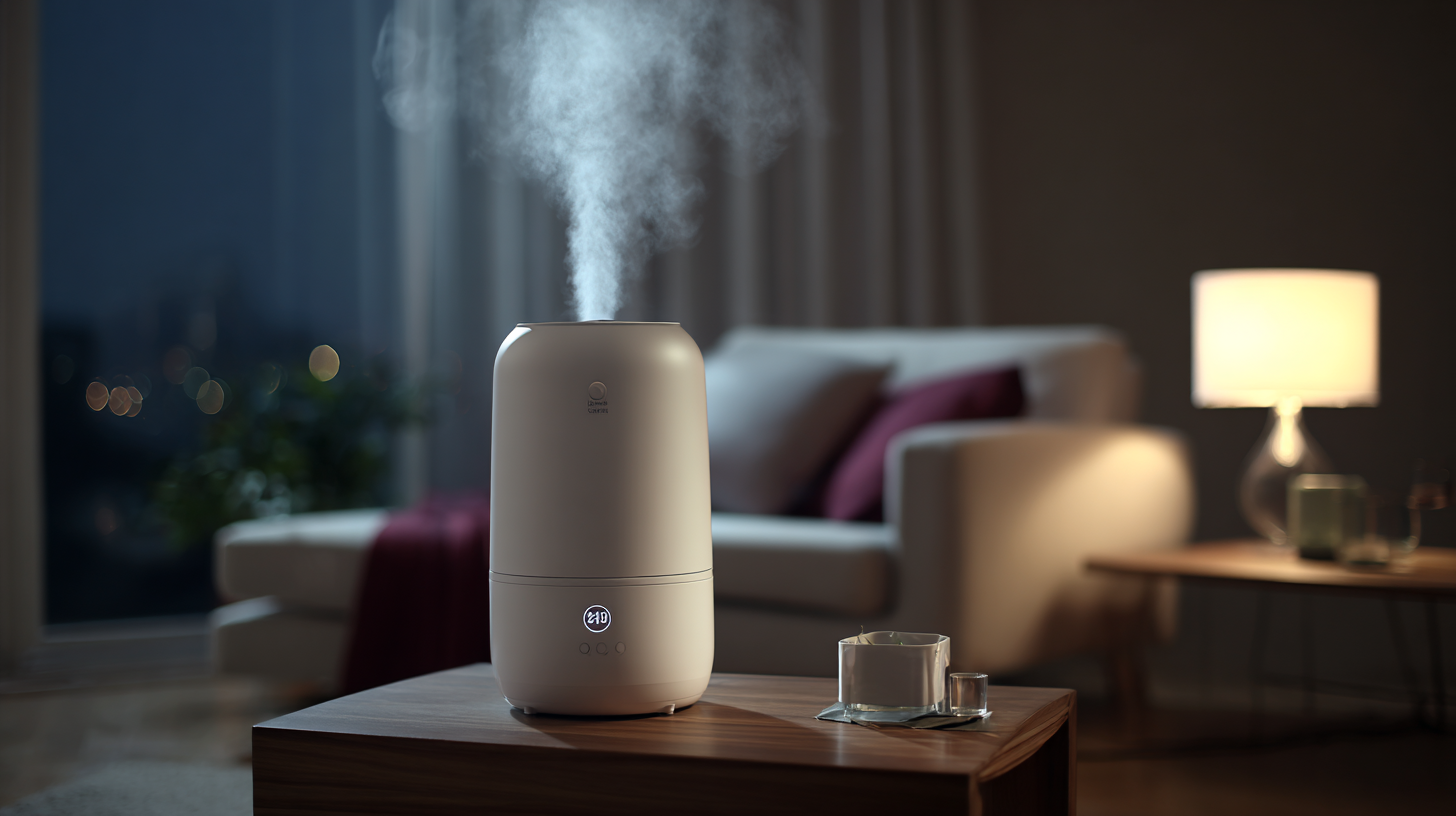
Recent studies show that cold humidifiers, which utilize ultrasonic or evaporative methods, not only increase humidity levels but also do so in a way that preserves energy efficiency. A research paper published in the Journal of Building Performance indicates that using cold humidification can enhance thermal comfort and reduce the demands on heating systems, leading to energy savings of up to 25% in certain climates. This integration of technology not only benefits health by mitigating dry air issues but also promotes sustainable living practices by lowering energy consumption.
Comparative Analysis: Cold vs. Warm Humidifiers and Their Efficacy
When evaluating the efficacy of cold and warm humidifiers, it’s essential to understand their distinct functionalities. Cold humidifiers, often using ultrasonic or evaporative technology, release cool mist into the air, making them ideal for warmer climates or the summer months. They help reduce allergens and maintain comfortable humidity levels without raising the room temperature. In contrast, warm humidifiers generate steam, which can help soothe respiratory issues, especially during colder months, but may require more maintenance due to potential mineral buildup.
Tips: When choosing between the two types, consider your climate and personal preference. If you live in a humid area, a cold humidifier may suffice, while those in dry, colder environments might benefit from the warmth of a steam humidifier. Always ensure to clean your humidifier regularly to prevent mold and bacteria growth, regardless of the type you choose.
In terms of energy consumption, cold humidifiers typically use less energy, making them a more cost-effective option for prolonged use. On the other hand, warm humidifiers might provide comfort and relief from ailments like colds and sinus congestion, especially when paired with essential oils. Think about your health needs and desired humidity level before making a final decision.
Essential Maintenance Tips for Optimal Performance of Cold Humidifiers
Cold humidifiers have become increasingly popular for their ability to maintain optimal humidity levels in indoor environments, especially during dry seasons. To ensure these devices operate effectively, regular maintenance is crucial. According to a recent report by the Environmental Protection Agency (EPA), maintaining indoor humidity levels between 30% and 50% can significantly reduce respiratory issues and improve overall comfort.
One essential maintenance tip is to clean the humidifier regularly. This includes rinsing the reservoir and wiping down the unit with a disinfectant every week to prevent mold and bacteria growth. In fact, research from the American Society of Heating, Refrigerating and Air-Conditioning Engineers (ASHRAE) indicates that improperly maintained humidifiers can release harmful microorganisms into the air, negating their intended health benefits.
Another tip for optimal performance is to change the filter according to the manufacturer’s guidelines. Filters can become clogged with minerals and debris, leading to reduced efficiency and increased energy consumption. According to a study by the Consumer Product Safety Commission (CPSC), neglected humidifiers can consume up to 20% more energy than well-maintained units, which can reflect adversely on utility bills. Regular filter changes ensure not only efficiency but also quality indoor air.
What You Need to Know About the Latest Cold Humidifier Technology
| Feature | Description | Maintenance Frequency | Optimal Performance Tips |
|---|---|---|---|
| Ultrasonic Technology | Uses high-frequency vibrations to create a fine mist. | Weekly cleaning. | Use distilled water to prevent mineral buildup. |
| Evaporative Cooling | Relies on a wick to absorb water, which is then evaporated by a fan. | Replace the wick every 1-3 months. | Keep water tank full to enhance humidity output. |
| Cool Mist vs Warm Mist | Cool mist humidifiers maintain lower temperatures. | Monthly cleaning. | Avoid placing near electronic devices. |
| Noise Levels | Some models operate quietly, while others emit sound. | Check periodically for noise. | Choose models with quiet operation for bedrooms. |
| Water Purity | Use purified or distilled water to improve air quality. | Every refill, ensure water quality. | Regularly check and clean the water reservoir. |
Industry Insights: Market Trends and Consumer Preferences in Humidifier Tech
As the demand for healthier indoor air quality continues to rise, the humidifier market is witnessing transformative shifts driven by both technological advancements and evolving consumer preferences. According to the recent report by MarketsandMarkets, the global humidifier market is projected to reach approximately USD 2.1 billion by 2025, growing at a CAGR of 4.3% from 2020 to 2025. This growth is largely attributed to increasing awareness around the health benefits associated with proper humidity levels, especially in regions susceptible to dry air.
Consumers today are gravitating towards humidifiers that integrate smart technology features. Reports from Statista reveal that over 30% of consumers are willing to pay a premium for devices that offer connectivity with mobile apps, allowing for real-time humidity control and air quality monitoring. Additionally, eco-friendly models that use ultrasonic technology are gaining traction, reflecting a consumer shift towards sustainability. As brands innovate to meet these demands, the latest cold humidifier technology is not only enhancing user experience but also paving the way for a more health-conscious market landscape.
Latest Cold Humidifier Technology Trends
This chart illustrates the preferences of consumers regarding different features in cold humidifiers, based on a recent survey conducted in 2023. The data highlights the importance of various attributes that influence purchasing decisions.
Related Posts
-
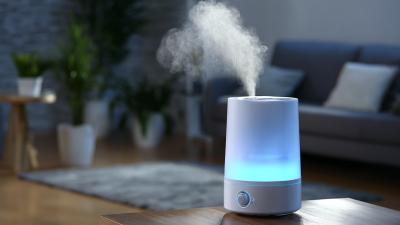
How to Choose the Right Cold Water Humidifier for Your Home
-
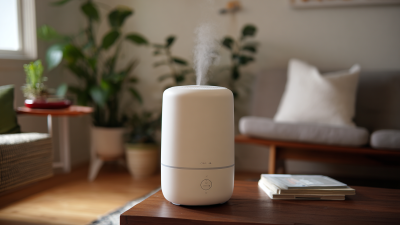
7 Essential Tips for Choosing the Best Hot Humidifier for Your Home
-

Evaluating the Best Small Warm Mist Humidifiers: Which One Suits Your Needs?
-

7 Top Benefits of Using a Warm Humidifier for Your Home Comfort
-
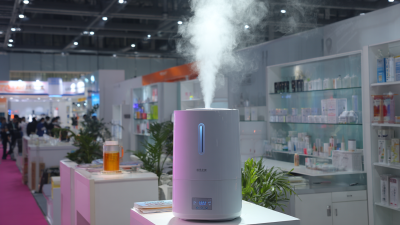
Exploring Hot Air Humidifier Innovations at the 138th Canton Fair 2025 in China
-
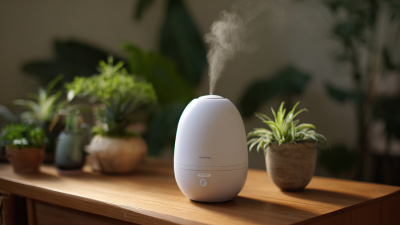
2025 Tech Innovations in Humidification How Best Filter Free Cool Mist Humidifiers Enhance Air Quality




